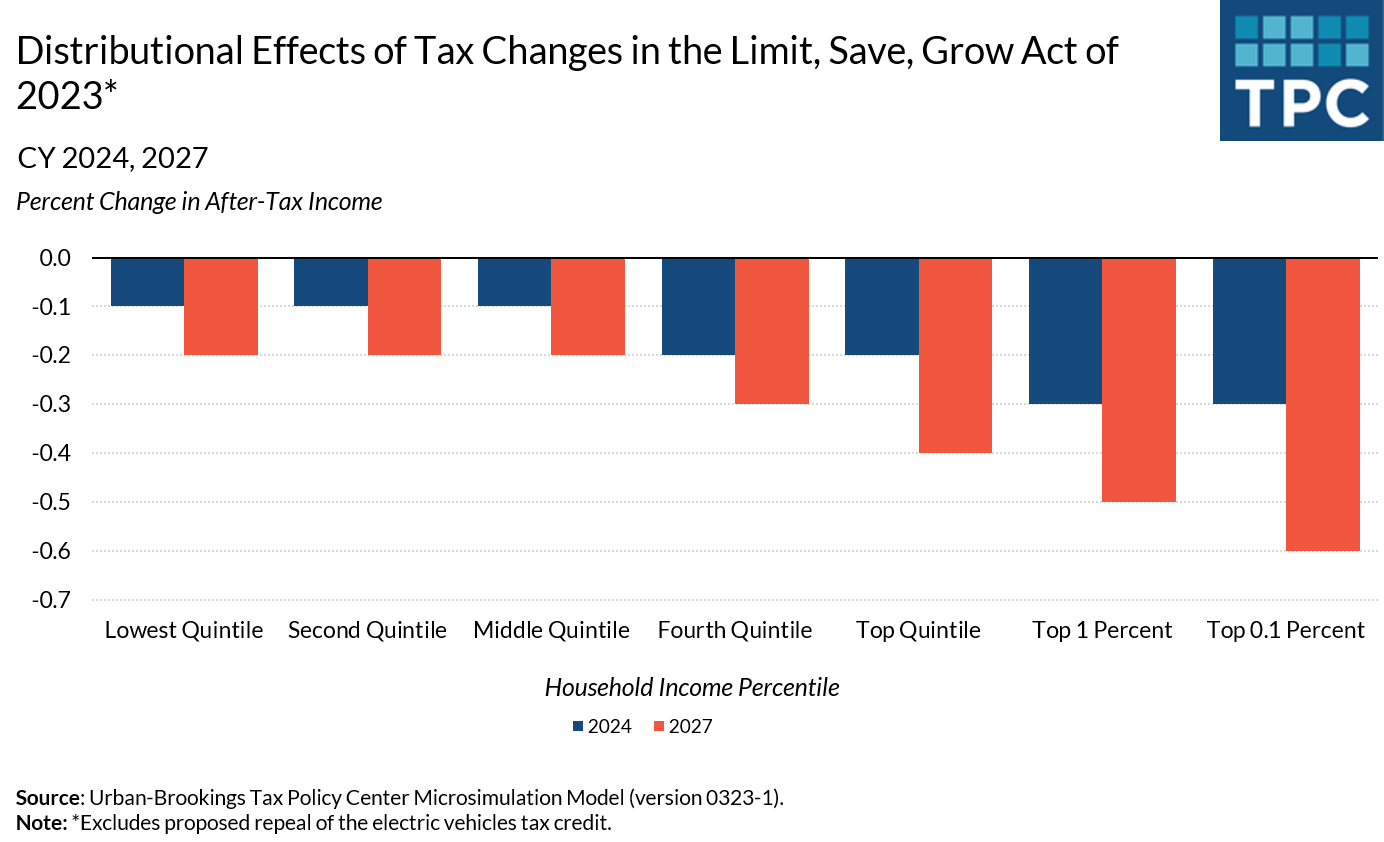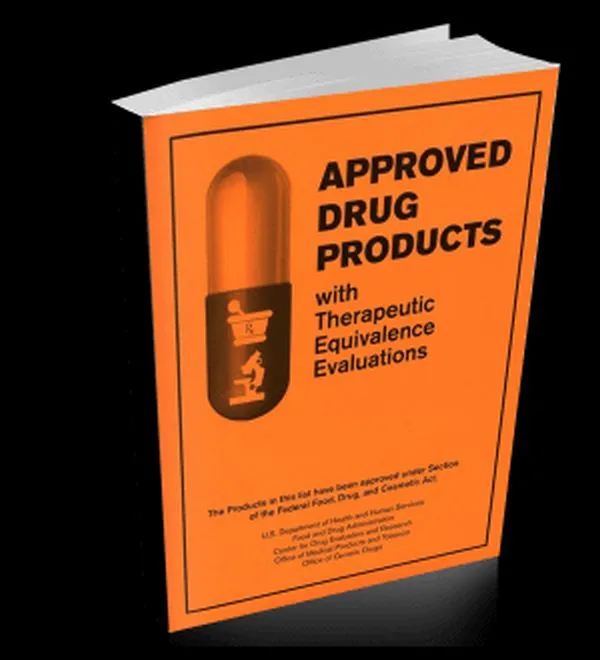The EU IP Harmonization Package to Include EU-wide compulsory License | Akin Gump Strauss Hauer & Feld LLP
Key Points
- The EU aims to harmonize patent protection rules and flexibilities with a layer on top of national rules. This is in line with long-term efforts by the EU institutions to harmonize patent rules and motivated, in part, by the impacts of the COVID-19 pandemic in the case of the biopharmaceutical sector.
- The European Commission, the executive branch of the EU, sent its proposal to the European Parliament and the Council of the EU. With some less expected elements, such as an EU-wide compulsory license, the proposal by the Commission is a key step. Deliberations on the final outcome EU IP package start now.
- The package consists of three proposed regulations on different topics: SEPs, SPCs, and compulsory licensing. The Commission links these to the entry into force, on June 1, 2023, of the Unitary Patent System and the 2020 EU Industrial Strategy and the 2020 Action Plan on IP. The EU aims with the package to make IP rights for essential products more flexible and actionable across the EU.
Background
In line with its long-term efforts to harmonize intellectual property (IP) rights protection and policy across the EU, the European Commission recently presented a package of proposed regulations to the European Parliament and the Council of the EU. This package follows the 2020 EU Industrial Strategy and the 2020 Action Plan on IP. It is to adjust the EU legal framework to the launch of the Unitary Patent System entering into force on June 1 of this year.
While the proposals on standard essential patents (SEPs) and supplementary protection certificates (SPCs) have been in the making for some time and mostly expected, the EU-wide compulsory licensing is a new element to the package and raises some eyebrows. During the World Trade Organization (WTO) Trade-Related Aspects of Intellectual Property Rights (TRIPS) waiver debates, the EU made it clear that a compulsory license is an existing and functional flexibility embedded in the international IP framework. With this proposal, the Commission seeks to remedy the “legal uncertainty for both right holders and users of IP rights” within the “patchwork of 27 national compulsory licensing regimes.”
SEPs
Much has been written on both the SEPs and SPCs. On SEPs, the Commission says it seeks to create “much clearer and predictable framework, incentivizing good faith negotiations rather than recourse to litigation” through fair, reasonable and non-discriminatory (FRAND) licensing in particular in the area of connectivity. Among other things, the proposal introduces measures for an SEP register, expert opinions on SEP aggregate royalties, FRAND determination by means of conciliation in lieu of litigation, and subject matter expert (SME) support measures. The proposal would also establish a “Competence centre” at the EU Intellectual Property Office (EUIPO) to mediate SEP disputes and support SMEs on SEP licensing. These measures have come under heavy criticism by those who argue they tilt the scales in favor of implementers and against innovators who hold SEPs.
SPCs
On patents in general and on SPCs in pharmaceutical sector in particular, the Commission is looking at a trade-off between curbing IP rights protection on one hand, and expediting approval processes and incentivizing making products available in all EU member states on the other. In effect, the first part of the bargain would include shortening patent protection or allowing for EU-wide supplementary patent certificates. In turn, the European Medicines Agency is proposed to shorten the deadline for approval grant to 180 days, and there are proposed incentives for companies that make its product available in all EU member states. First and foremost, however, the intention is to rid the system of fragmentation and harmonize it by introducing a unitary SPC with a centralized examination procedure to complement the unitary patent.
EU-Wide Compulsory License
Voluntary licensing is the typical mechanism by which companies begin the process of manufacturing products that have patent term protection. However, all 27 EU member states also currently have their own national compulsory licensing regimes that may be used in specific circumstances, such as medical crises. The WTO TRIPS Agreement sets out minimum standards of international IP protections, including provisions for when a WTO Member may issue a compulsory license: the scope and duration of the license must be limited to the purpose for which the compulsory license was issued, the patent holder must be awarded adequate remuneration, and the license must be predominantly for the supply of the domestic market of the Member issuing the compulsory license, among other requirements. Although rarely used, the compulsory license mechanism has assisted public sector officials in medicine price negotiations as a threat of last resort.
The Commission now proposes to create an EU-wide compulsory licensing instrument to layer on top of the existing national mechanisms. Notably, the proposal limits this instrument to crisis situations that have an EU-wide impact. We expect difficult negotiations within and among the EU institutions, as well as international scrutiny on this proposal, including with respect to its WTO/TRIPS compliance.
Next Steps
These proposed regulations will now go to the first reading in the European Parliament that may endorse the proposals as submitted or make amendments. The package will then be considered by the EU member states in the Council of the EU. Here again adoption or amendments may emerge. Many expect heated debates both in the Parliament and in the Council. Given the attention these proposals have garnered, we anticipate some changes to be made as they make their way through the EU process. While final adoption of these proposals will likely take months, the Commission has started the process.






